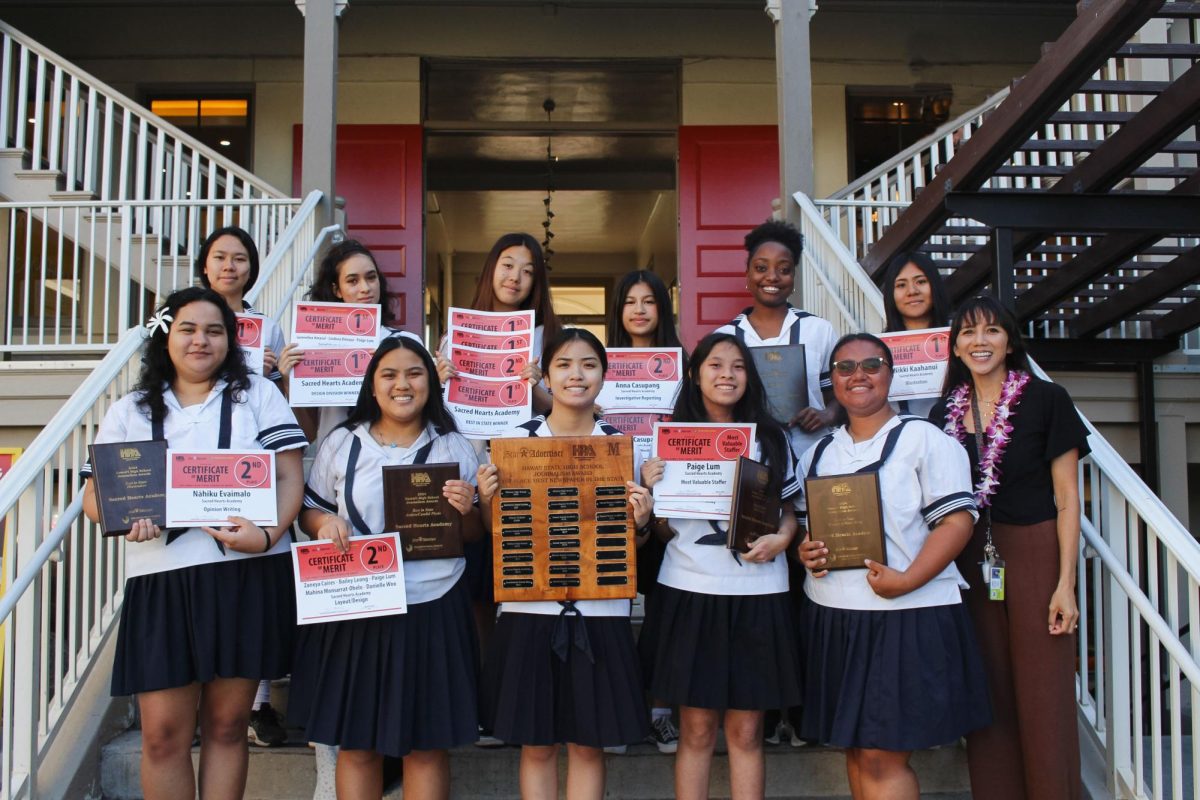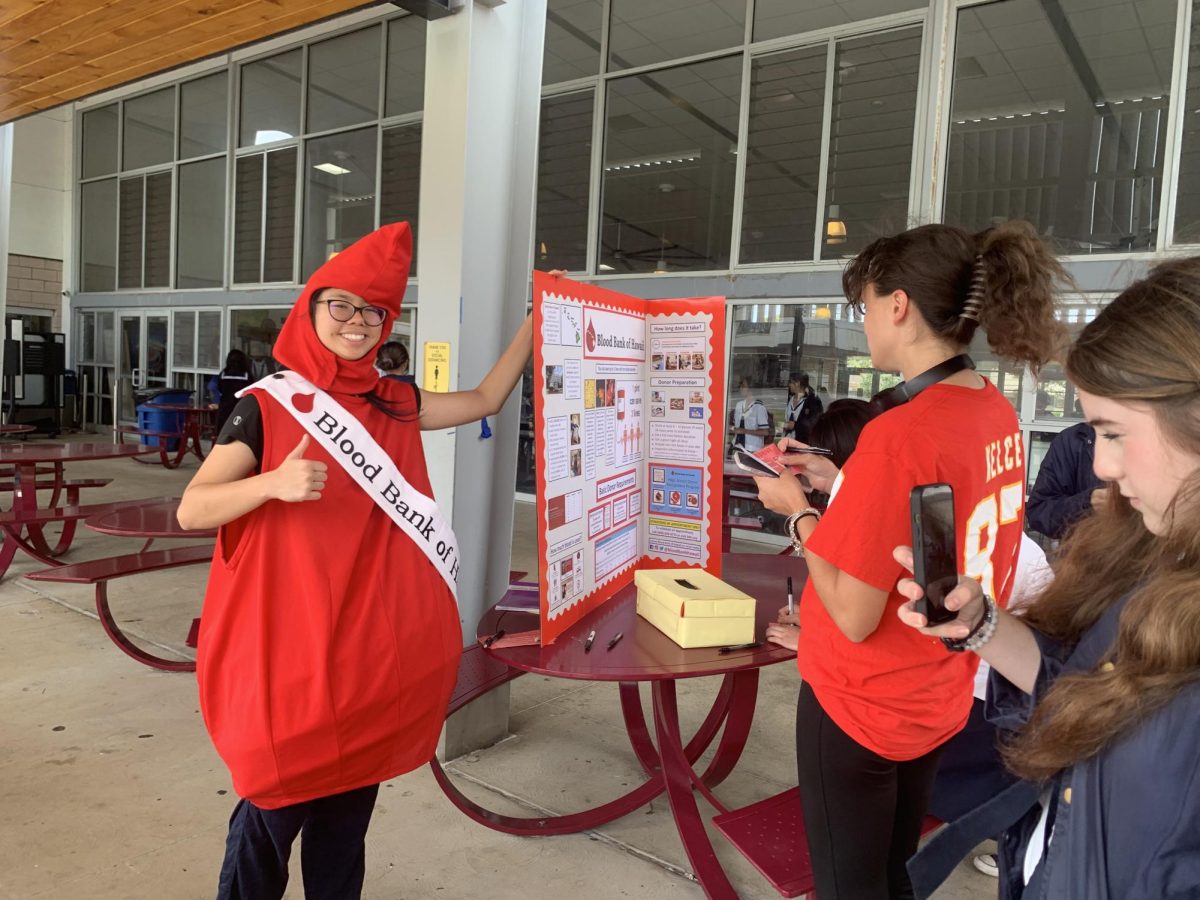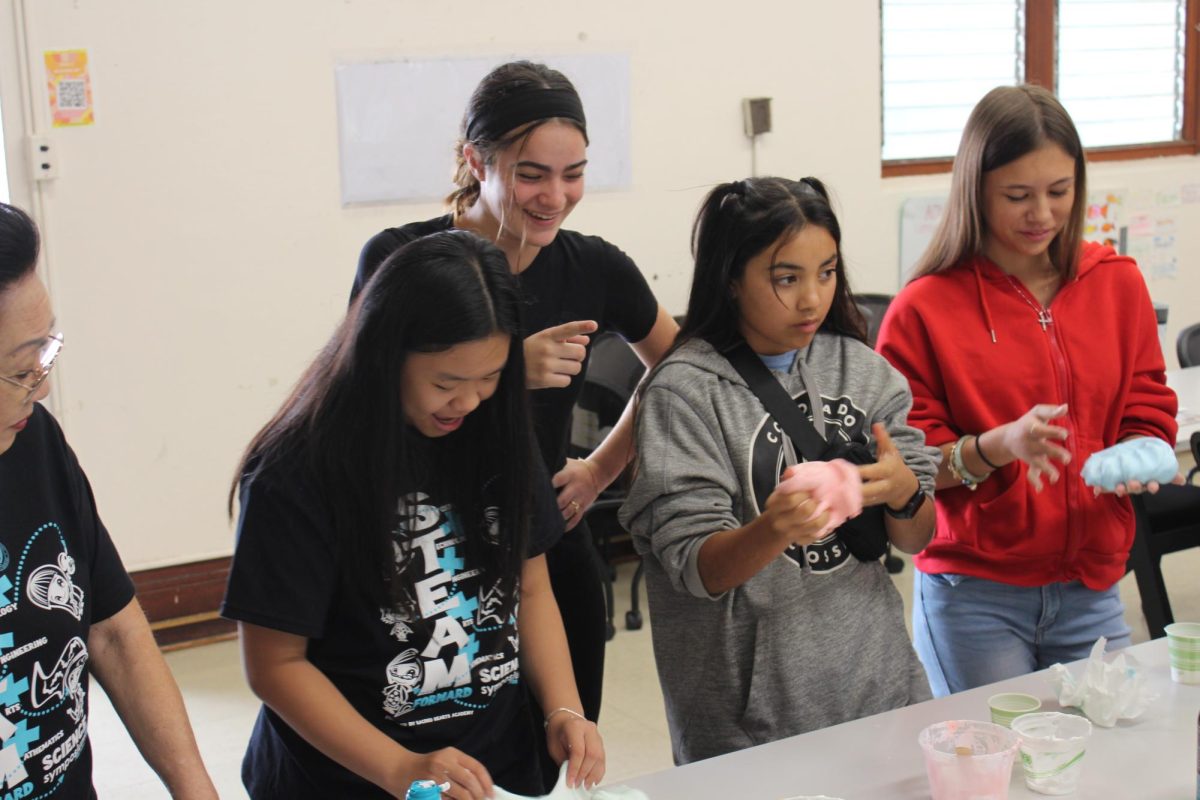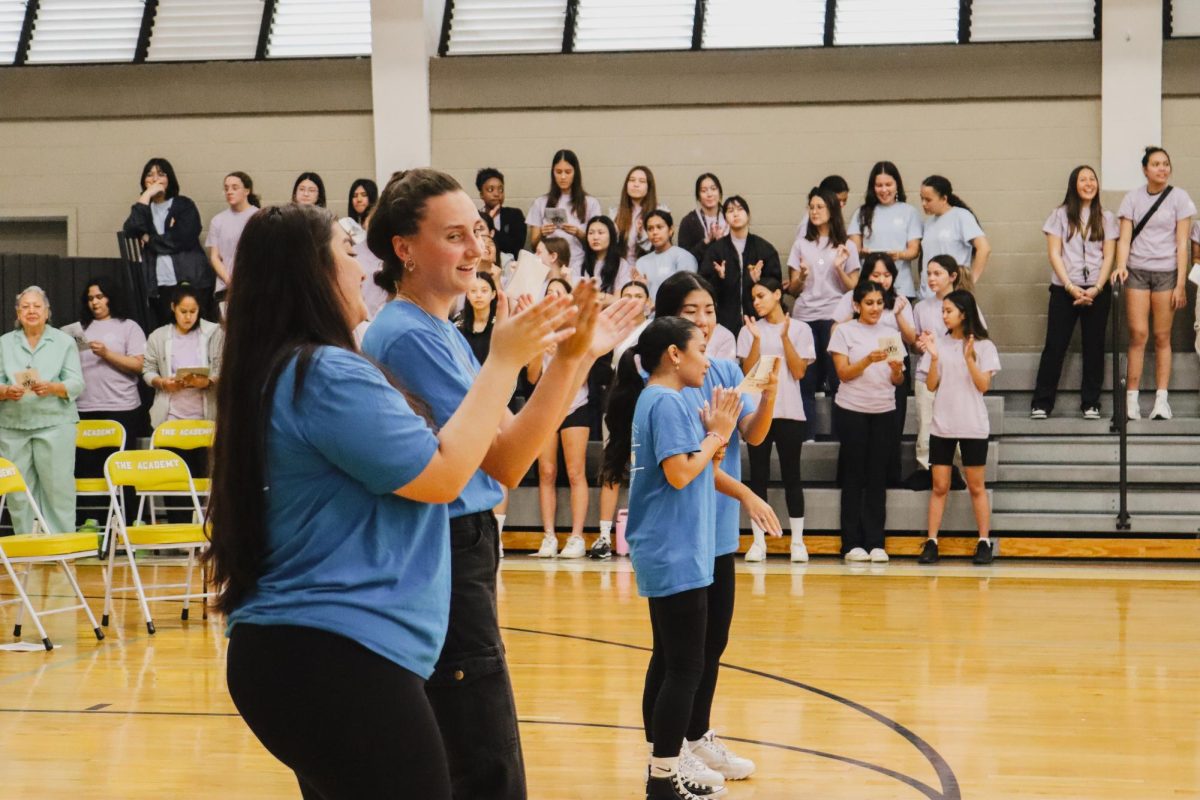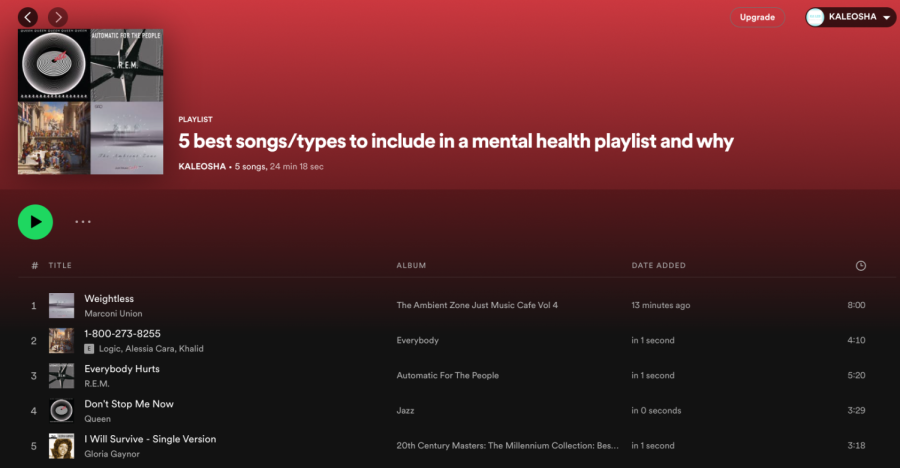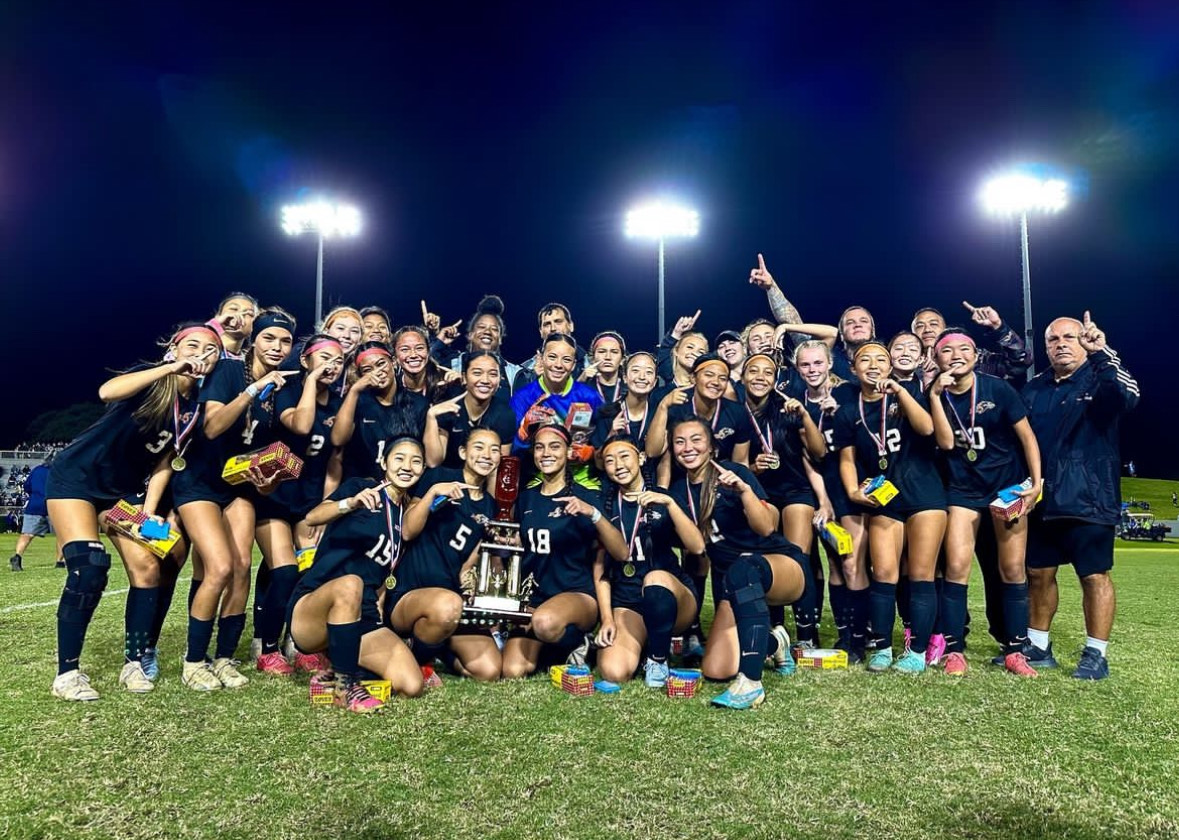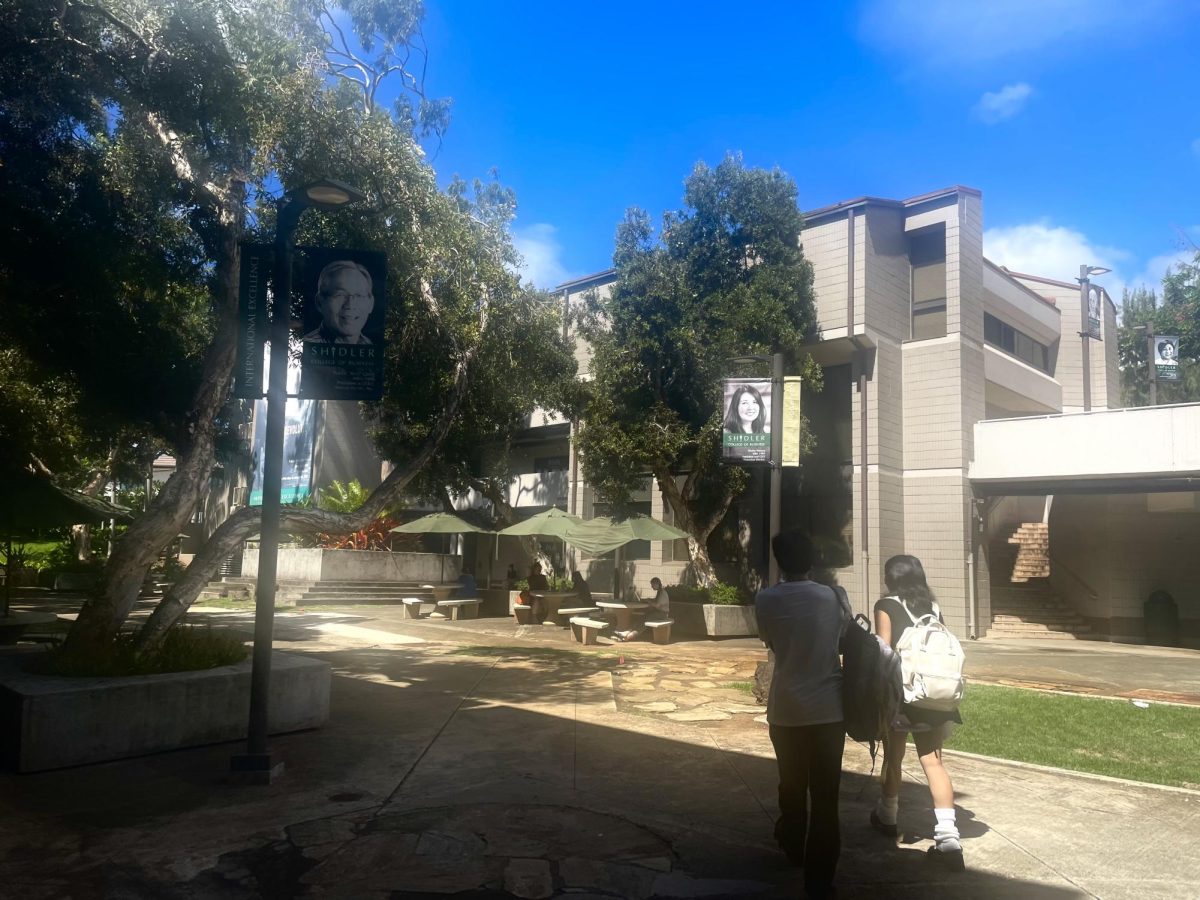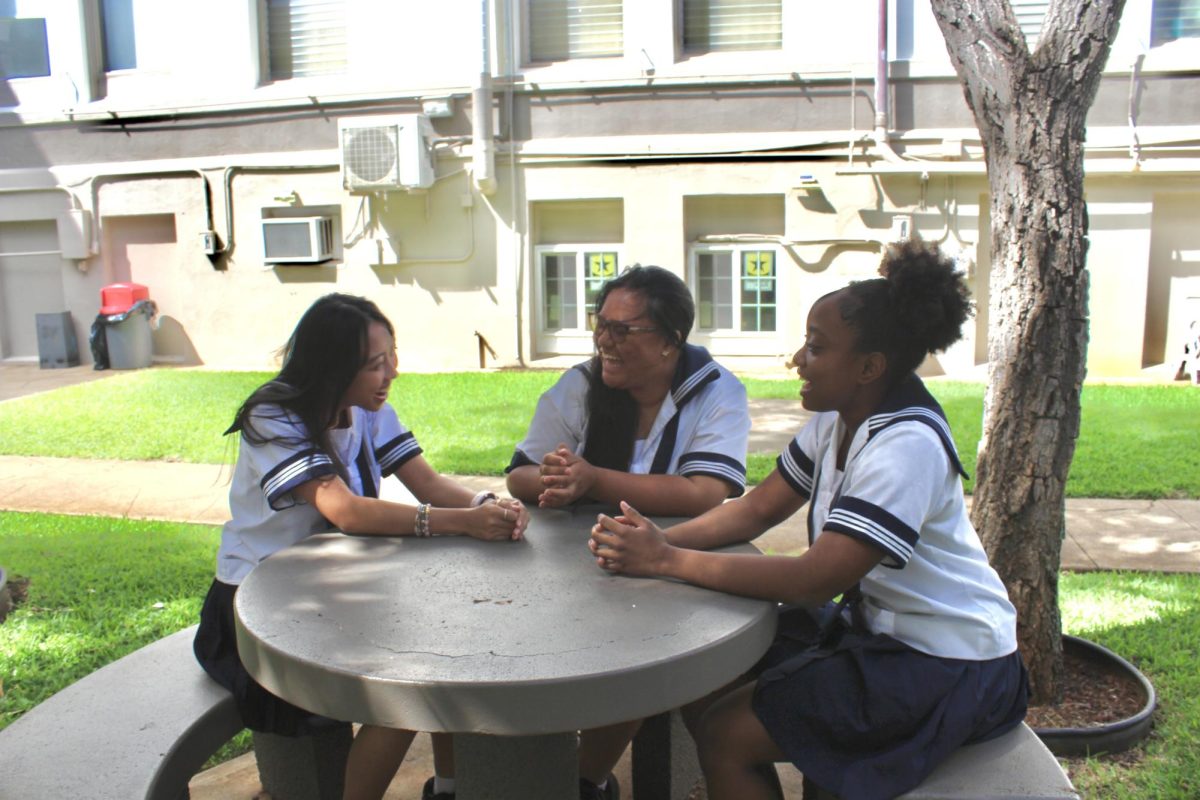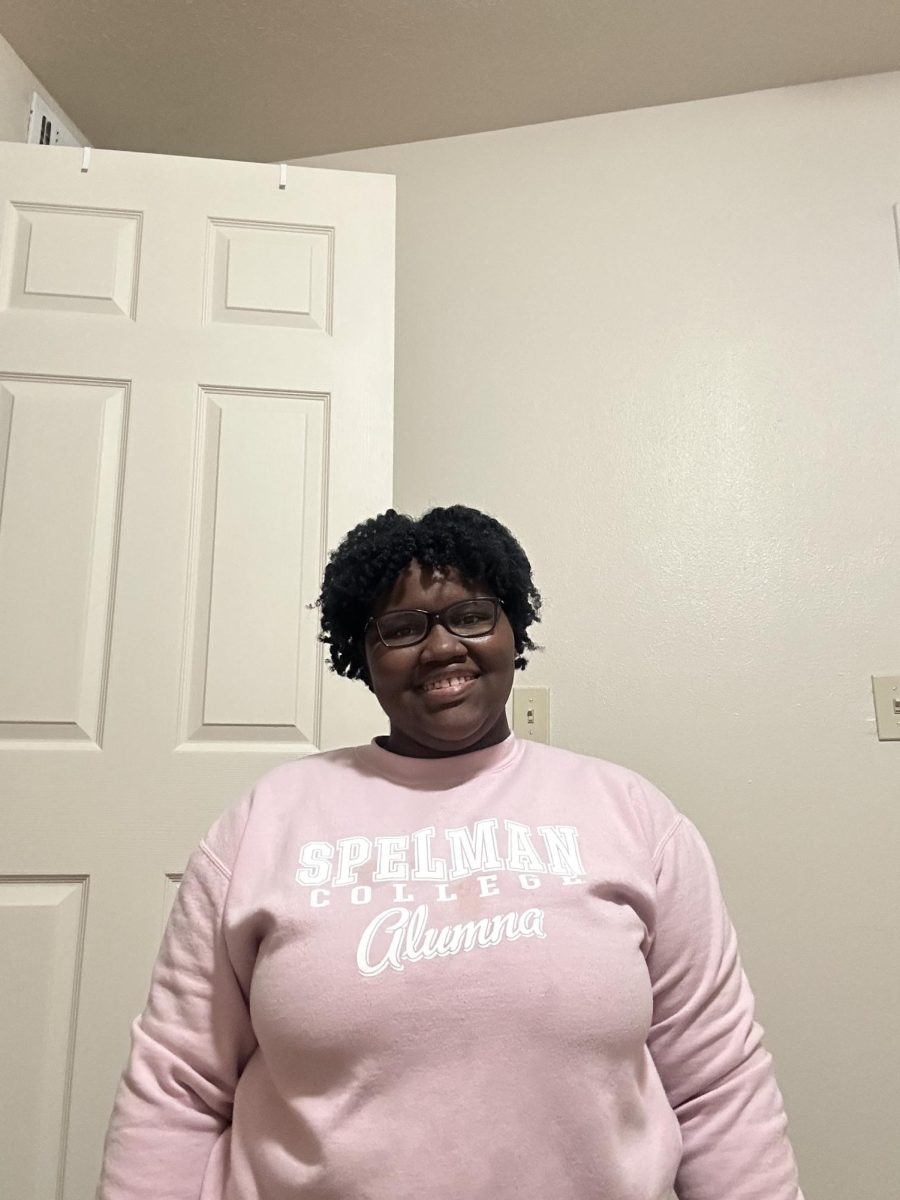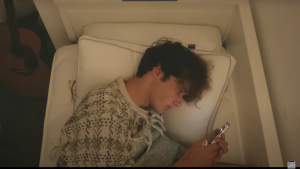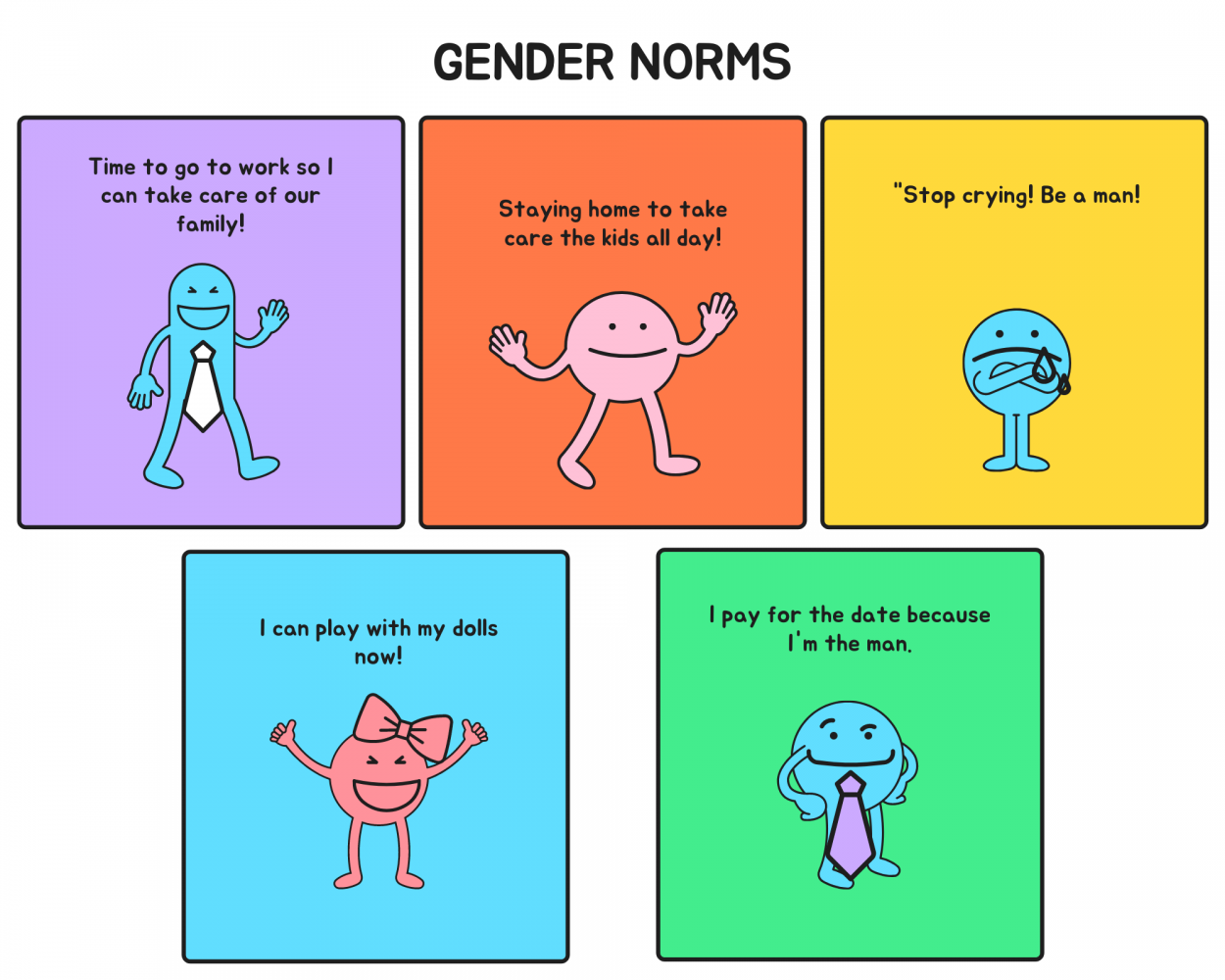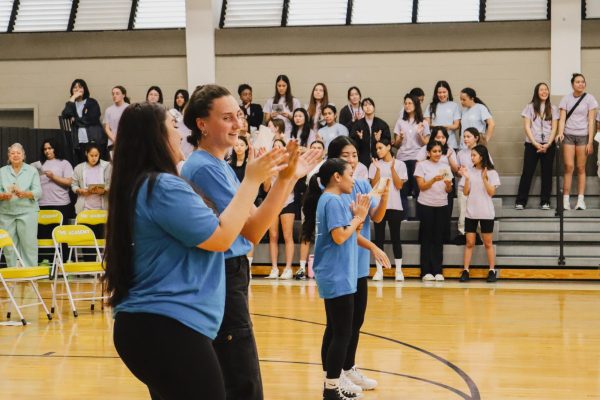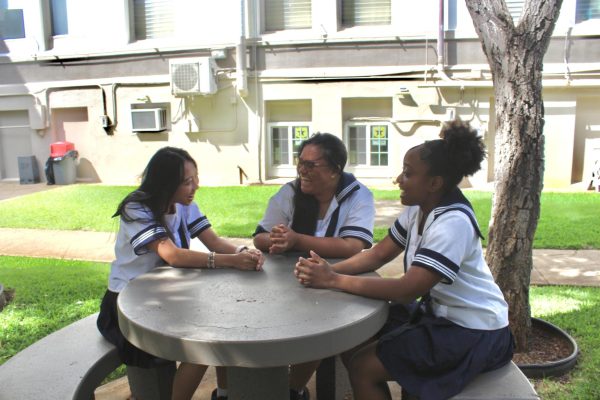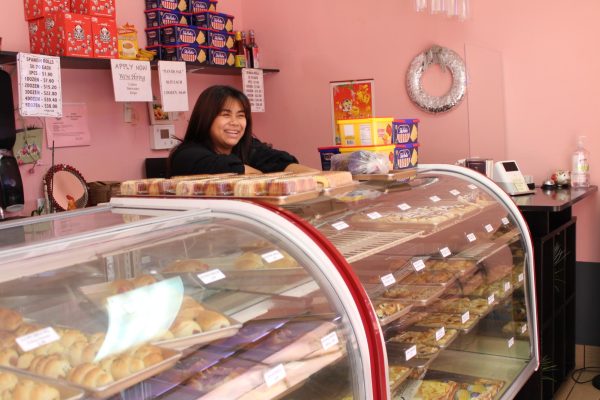Flipped classes puts learning in students’ hands
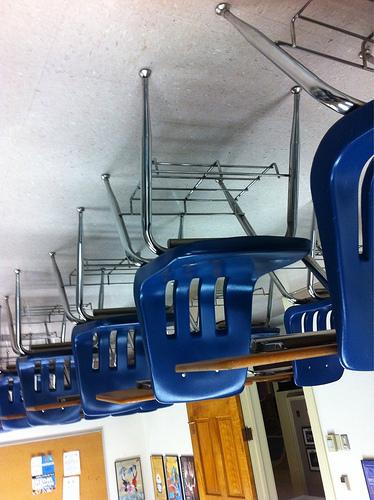

Photo credit: blog.calicospanish.com
November 10, 2015
Imagine sitting down to start your homework, only to find out the homework is something you have never seen before, something your teacher has never taught you.
This is the classroom technique of flipped classes.
Except, it’s not quite so raw.
Flipped classes feature a teacher assigning work that has not been taught in the class. Students do the work to the best of their ability, usually relying on an accompanying video or presentation which explains the work or features the teacher going over the lesson.
The purpose of flipping a classroom is to free up class time so there can be more discussion instead of lecture.
But, there are problems with this technique. If students do not understand a section of the video, there is nothing they can do for the moment. Without being in class and listening to the teacher, students may have difficulty completing the work.
“I don’t like it,” said junior Taylor Yee. “They set us up to fail and then they teach us how to do it right. There’s absolutely no point in it because we’re not going to benefit from it.”
Another disadvantage, according to students, is that the burden of learning is on students’ shoulders. Homework is a heavy enough load with just assignments and handouts but now they must also watch and process a lesson at home. With normal homework, students don’t need to watch an entire lesson at home and comprehend it in order to do their work.
An advantage, however, is the purpose of the flip. With the introduction of the lesson out of the way, students can actually practice or discuss in class what they saw the night before. They can use the time that would’ve been spent teaching the lesson to instead apply the lesson and they can ask the teacher about what they don’t understand.
“If students are willing to put in the time to study for the lesson, they’re great,” said math teacher Deborah Kula. “There has to be good follow-up to see things process over and over to get a good idea. I personally don’t flip my math classes because I don’t teach by saying, ‘Watch me do this. Now you do it.’ I try to help you as you go and have you develop your own techniques. In math, we learn and develop concepts you can’t flip.”
Another advantage is the ability to watch and rewatch the online work. Students can review what they don’t understand.
“One of the good things about flipped classes is that they’re accessible many times, over and over, and it’s helpful if you were absent,” said teacher Erin Flynn.
“To students that don’t like flipped classes because they don’t teach them properly,” Flynn continued, “take notes on what you don’t understand so teachers can make it better next time. The lesson is a product and you are the consumer, so give feedback to make it better.”

